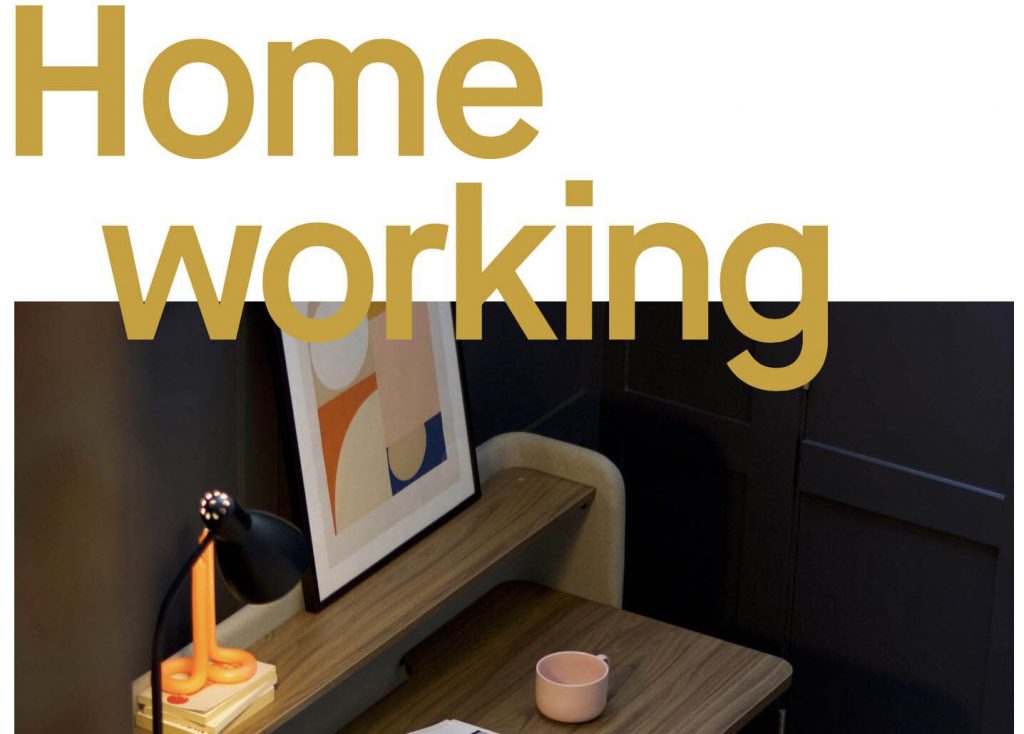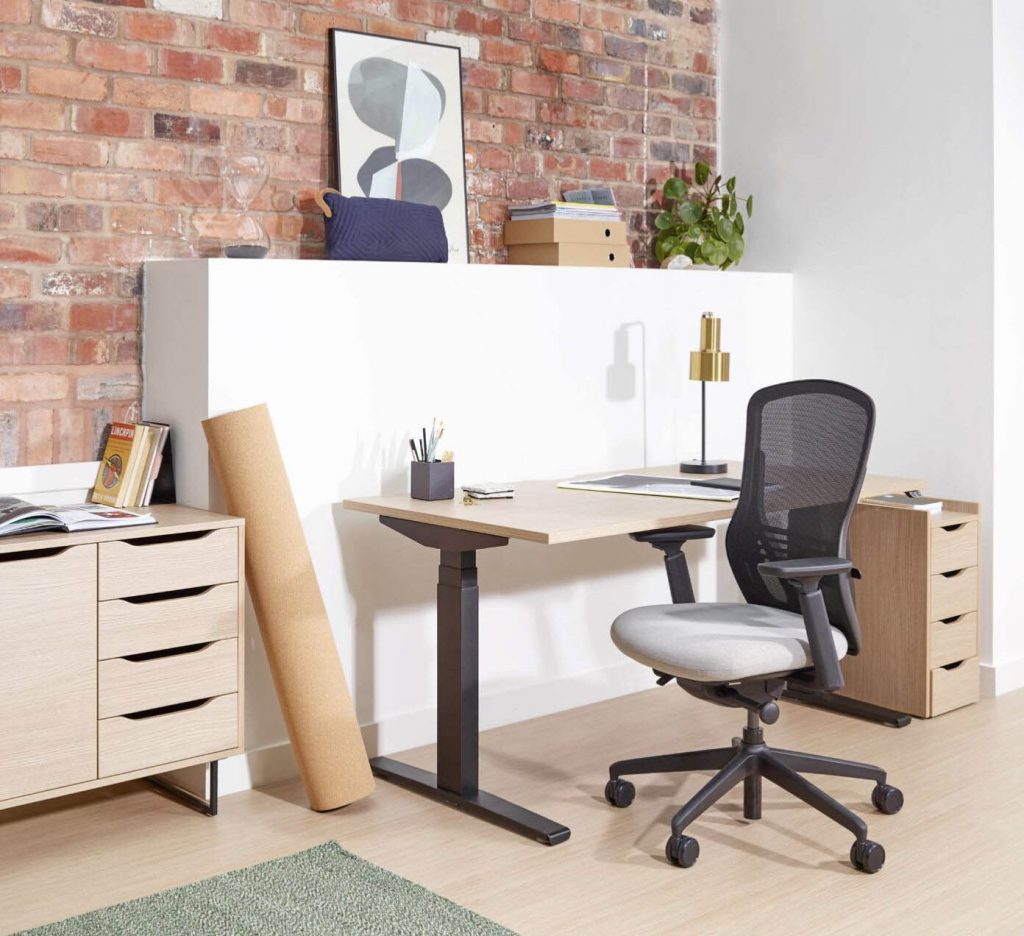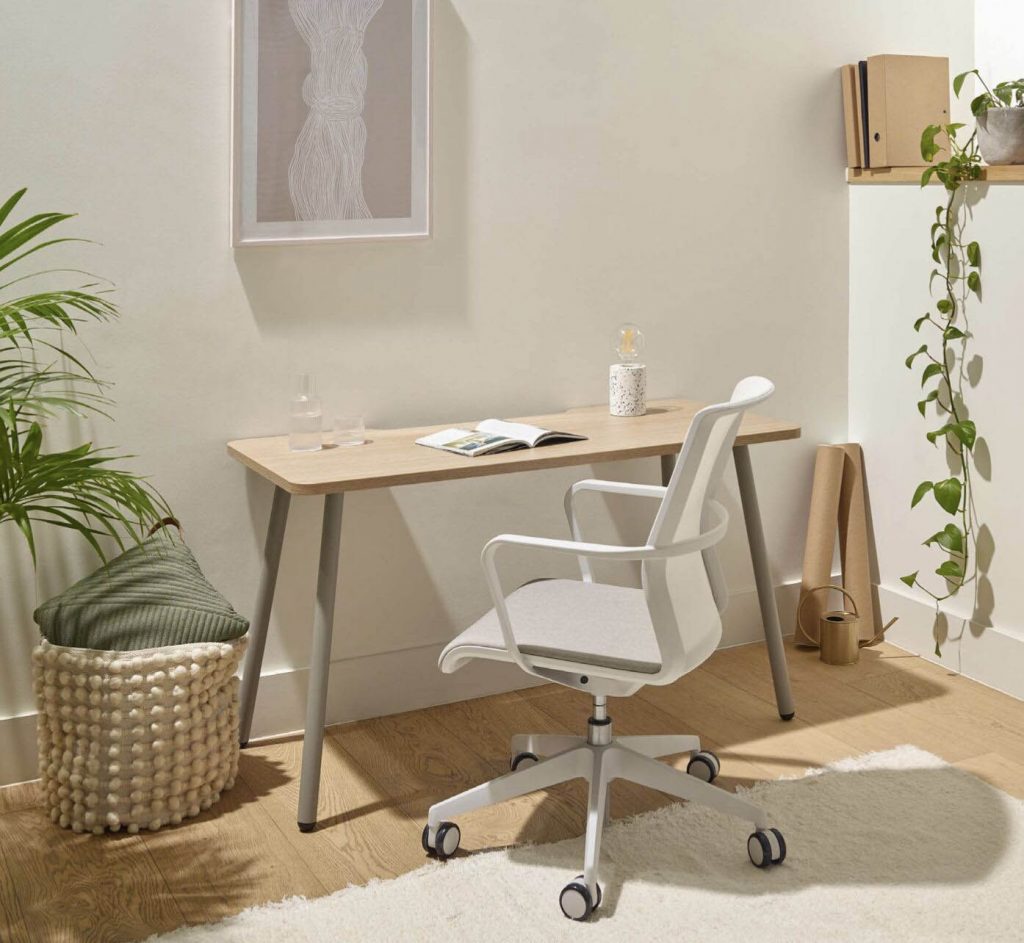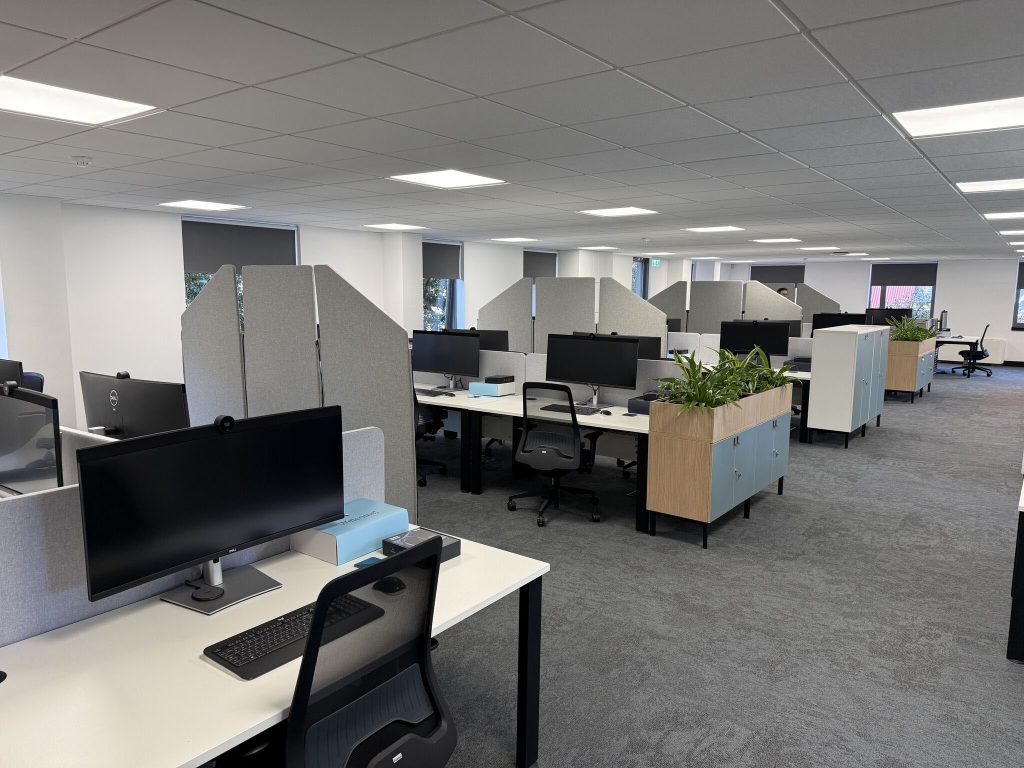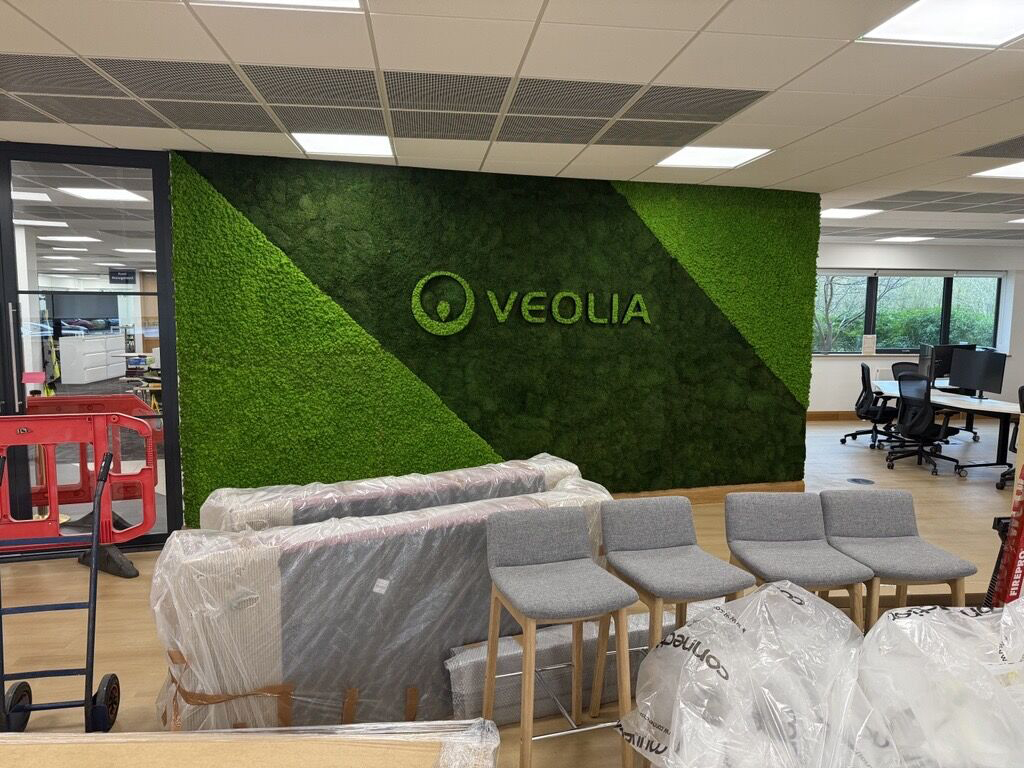Our fundamental human ability to adapt has allowed us to make working from home, work.
Most office workers are working from their homes, and for many people, they like the experience.
People like the idea of working from home, it allows them the ability to focus, the ability to concentrate, it gives them control over their daily routine, the choice to work on the sofa, the kitchen island, dress casually, or simply put on their music.
There is also the lack of a commute, this means there’s more time to spend outside, with family, or more time to focus.
Because of this, for some people working from home has brought some key positive benefits because individual work still makes an incredibly large amount of our day — we all still have individual reports, or documents to produce — but now we choose our daily routine.
But working from home does lack some elements, there’s no boundary between working life and home life.
We used to talk about the work-life balance, now we start to think about the home-life balance as we move from an eight-hour attendance to a fourteen-hour work window.
Boundaries are hard to break down. Where’s the humour? Where’s the fun? Where’s the variety? Sparking of innovation, the face-to-face communication, or simply the ability to switch off by distinguishing between home and work.
By very easily looking at the things that we have gained by working from home, we can also see the things we have missed. These will need to be identified and designed into our workplaces.
The best part the workplace has to offer is learning, collaborating first-hand with each other, and in today’s environment learning and collaboration are now blended into having a digital and physical presence.
Having collaboration promotes innovation and organisations need to foster innovation, they also need to champion the social workplace. As individuals, it is the social interaction that workplaces offer that feeds collaboration.
If we want to furnish our homes for work, we need to take inspiration from some
of the other furniture elements in our home. Desks need to be designed to be suited to our homes; that means reduced size, softer settings, not imposing,
more contemporary finishes, styles and materials that suit in with our styles rather than imposing in our homes.
These traits then need to be transferred to our workplaces, so that we work in spaces that are designed, rather than engineered.
And as homeworking continues to rise in prominence, even with all the benefits it brings, there’s still a need for organisations to repurpose and tailor their workspaces for idea generation and collaboration, to ensure that these spaces reflect each organisations unique brand and culture.
#360commercialprojectslimited#furniture#innovation
